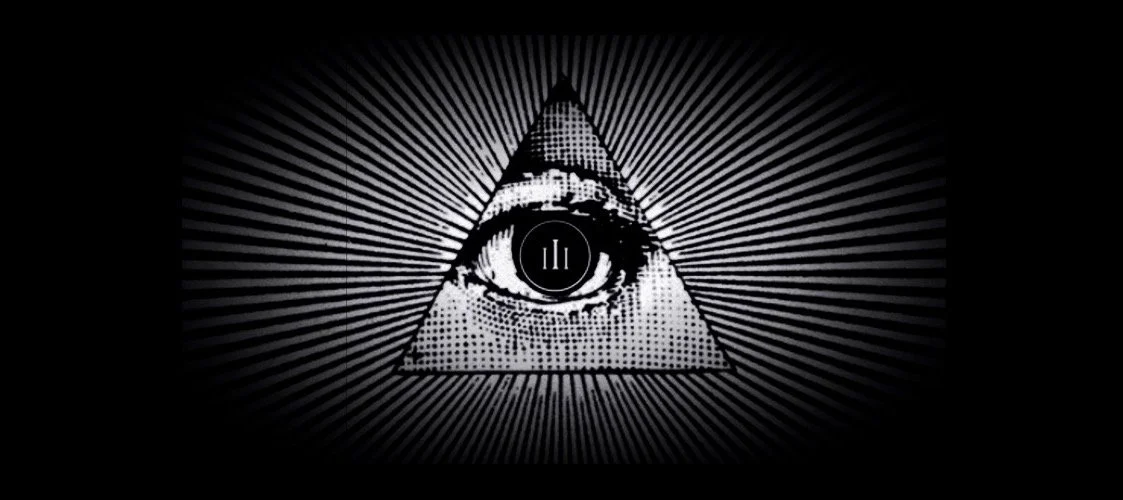Why Human Communication Runs on the Rule of Three
Decoding the Rule of Three
For thousands of years, the number three has carried a peculiar power. It shapes language, structures belief systems and governs how humans process meaning. Long before it became the name of a studio, the Rule of Three was a cognitive truth: the smallest number required to form a pattern.
And patterns are how we understand the world.
Why three?
Human cognition is wired for simplicity. Two points suggest coincidence.
Three points form a structure — a rhythm the mind can grasp, remember and repeat.
That’s why the Rule of Three appears everywhere:
Physics: Newton’s three laws of motion
Music: the triad — the three-note DNA of harmony
Religion: triple deities across world mythology
Art: the rule of thirds — the blueprint of visual composition
Across cultures and centuries, the same truth emerges:
Three is the threshold where information becomes meaning.
In storytelling and rhetoric, three is the engine of persuasion
Writers, dramatists and thinkers have used triadic patterns to shape stories and structure ideas:
Aristotle’s three unities – time, place, action
The three-act structure – beginning, middle, end
The three dramatic conflicts – internal, relational, external
Even our most enduring public language leans on threes:
Veni, vidi, vici
Liberté, égalité, fraternité
Citius, altius, fortius
Education, education, education
Location, location, location
Three words. One idea. Total clarity.
In copywriting and marketing, the Rule of Three is quiet architecture
Early advertising pioneers understood this instinctively.
In 1903, E. St. Elmo Lewis described three qualities every advertisement needed:
Attract attention
Sustain interest
Create conviction
These steps later evolved into the AIDA model — and then into the CAB model in consumer psychology:
Cognition (awareness)
Affect (emotion)
Behaviour (action)
Even the world’s most enduring slogans follow the same rhythm:
Just do it
Beanz Meanz Heinz
Every little helps
Finger lickin’ good
Diamonds are forever
Snap! Crackle! Pop!
Three beats. One memory.
Why Rule of Three took its name from this principle
When the studio began, the Rule of Three was a shorthand for clarity:
the smallest structure that can hold a big idea.
As our practice evolved, that principle deepened into something structural — the foundation of our systems approach to brand language:
Patterns that help teams create consistently
Frameworks that distil complexity into clarity
Structures that support both human craft and machine intelligence
The Rule of Three is no longer just a rhetorical device.
It’s the architectural principle behind our entire methodology.
Clarity needs structure.
Structure needs design.
And design scales meaning.
That’s the modern Rule of Three.
